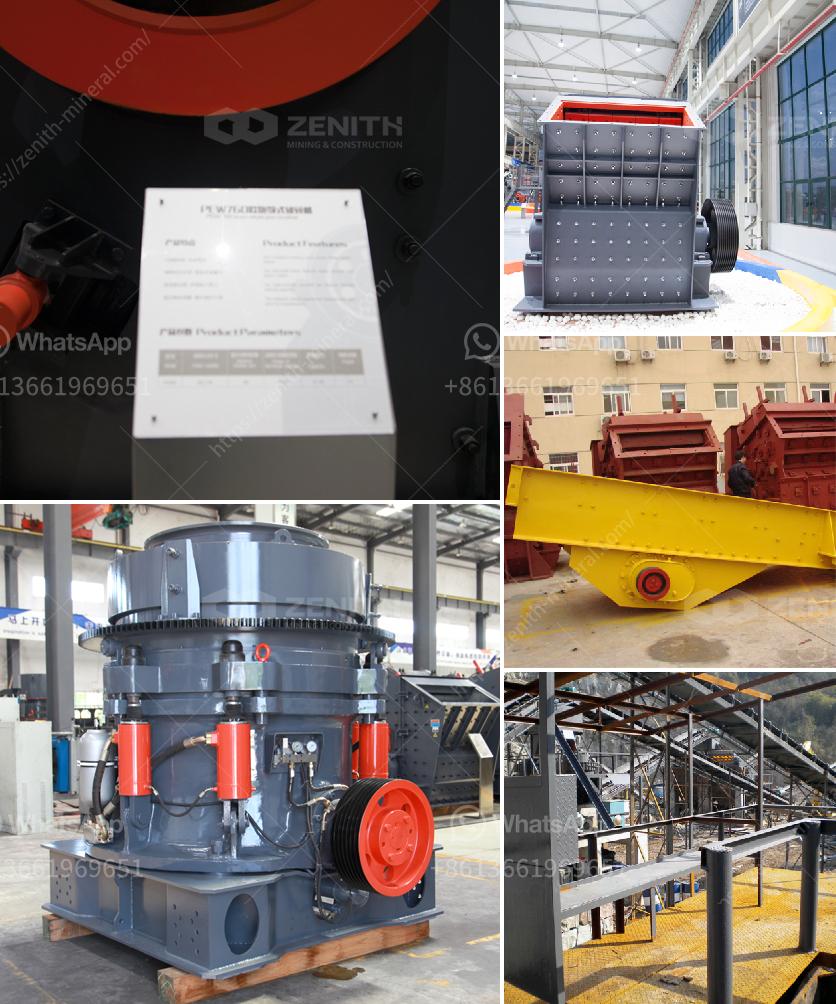A crusher uses compressive force to break down rocks into smaller, more manageable pieces. The process can vary depending on the type of crusher:
-
Jaw Crusher:
- Mechanism: It uses two plates, one stationary and one that moves back and forth. The movable plate presses the rock against the stationary plate.
- Crushing Process: As the moving plate gets closer, the rock is compressed and fractures.
-
Cone Crusher:
- Mechanism: It operates with a spinning cone inside a fixed bowl.
- Crushing Process: The rock is squeezed between the cone and the bowl, causing it to break into smaller pieces.
-
Impact Crusher:
- Mechanism: It uses high-speed impact from a rotor or hammer to crush rocks.
- Crushing Process: The rock is thrown against impact plates or other rocks, shattering it upon impact.
-
Gyratory Crusher:
- Mechanism: Similar to a cone crusher but with a steeper cone slope and a concave surface.
- Crushing Process: The rock is compressed between a gyrating spindle and the enclosing concave surface.
-
Roll Crusher:
- Mechanism: It uses two cylindrical rollers that rotate in opposite directions.
- Crushing Process: The rock is fed into the gap between the rollers. As the rollers rotate, they pull the rock in and crush it between them.
Each type of crusher is suited for different applications and types of rock, ensuring efficiency and effectiveness in the crushing process.

